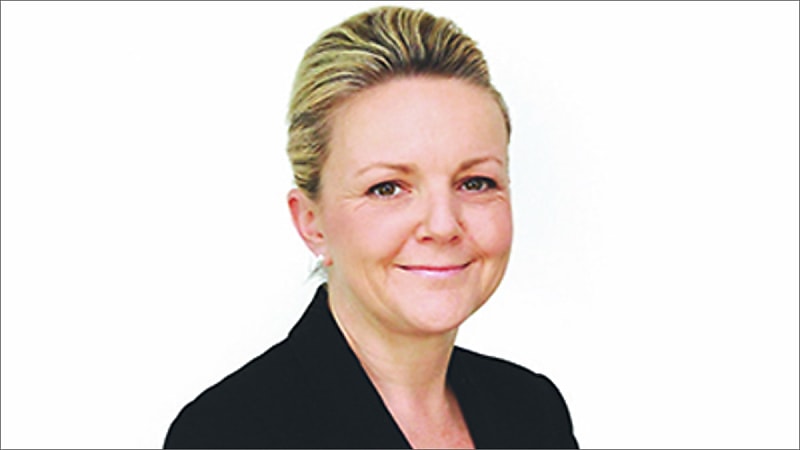Lack of indexation for proposed Div 296 tax could lead to ‘contradictory’ signals
There is potential for “contradictory signals” regarding the transfer balance cap and the Division 296 tax if the proposed $3 million superannuation cap is not indexed, a leading industry figure has warned.
Kate Anderson, general manager of Operations at Class, said on the most recent ASF Audits podcast that if indexation is not applied to the proposed tax, the superannuation sector is set to see “some strange results”.
“The transfer balance cap, as we know, is automatically indexed, and inflation at three per cent would see this increase to $3 million by around 2039. If the $3 million threshold for Div 296, isn't indexed, we could see a bizarre situation where members could face contradictory signals from the government,” Anderson said.
“On the one hand, a member may have a balance that is unacceptably large and should face additional taxes through Div 296, but on the other hand, their balance is sufficiently low and they are allowed to pull it all out into the pension phase, where the very best tax concessions apply.”
Tim Steele, CEO of Class, said data from the most recent Class Annual Benchmark Report highlighted the complexities surrounding the Div 296 proposal.
“It’s creating a cap which means people are going to have to plan differently about how they think about their total superannuation balance. [They will be] trying to predict what growth might be, whether they should be taking withdrawals and then also thinking about the amount of cash they need on reserve,” Steele said.
“Our analysis showed that of all our members, 16,500 would be affected by the proposed Div 296 tax and on average they would pay just under $50,000 tax for each member.”
He continued that further analysis of the Class data showed that funds that held property assets would be the most impacted by the Div 296 tax. The data also highlighted that around five per cent of those 16,500 members would have insufficient cash to service the proposed tax.
Moreover, Anderson said the data revealed that another 5 per cent of members are currently sitting in the $2–3 million bracket and represent the next generation likely to be impacted by the Div 296 tax.
“They are the group that should care the most about this,” she said.
“Indexation, even moderate inflation of just 2 per cent per annum would push the cap to $3.5 million within eight years and $4 million by 15 years.”








